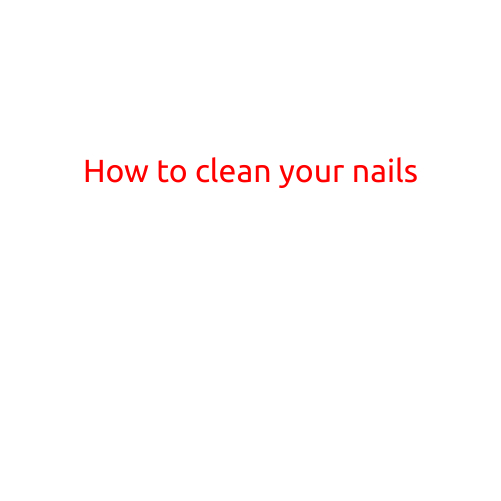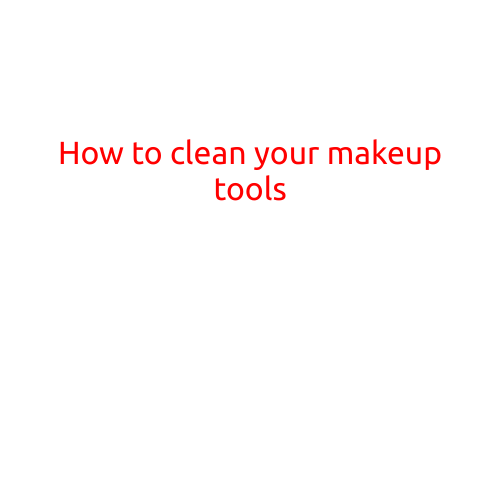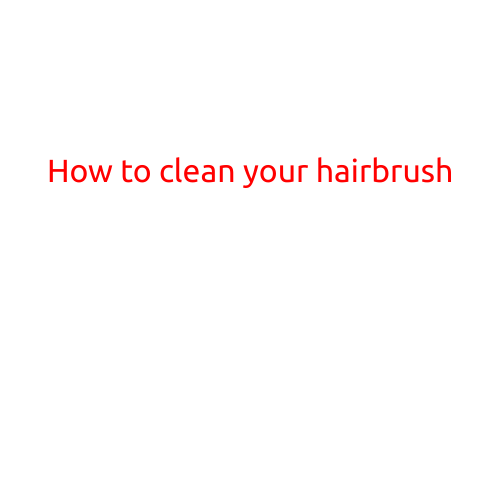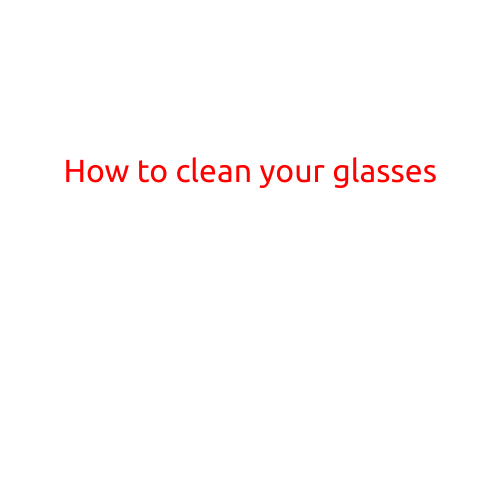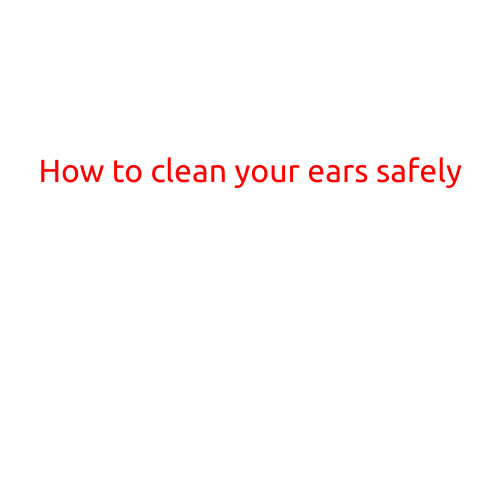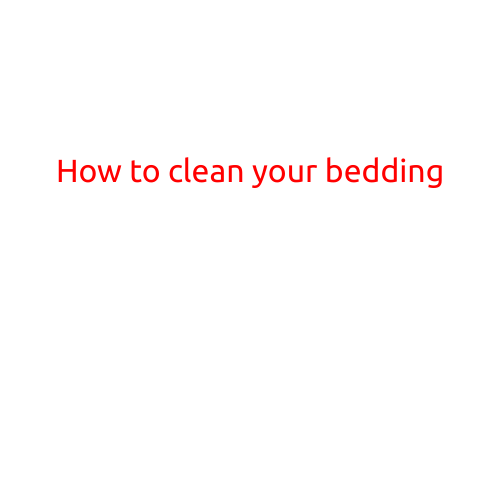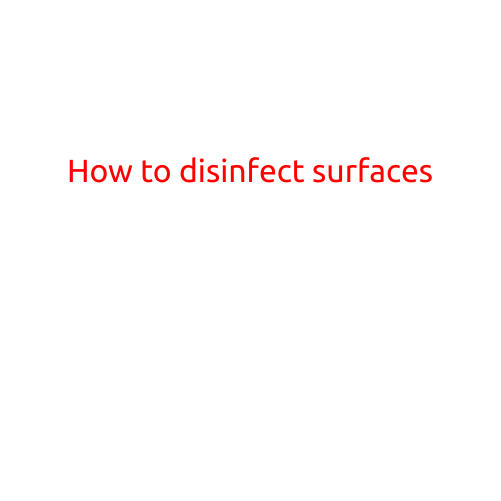
How to Disinfect Surfaces: A Step-by-Step Guide
Disinfecting surfaces is an essential part of maintaining a clean and healthy environment, especially during the ongoing COVID-19 pandemic. Disinfecting surfaces helps to kill germs, bacteria, and viruses, reducing the risk of illness and infection. In this article, we will provide a step-by-step guide on how to disinfect surfaces effectively and safely.
Why Disinfecting is Important
Disinfecting surfaces is crucial in:
- Preventing the spread of illnesses: Disinfecting surfaces helps to kill germs and bacteria that can cause illnesses, reducing the risk of transmission.
- Maintaining public health: Disinfecting public areas, such as hospitals, schools, and public transportation, is essential to prevent the spread of diseases.
- Reducing the risk of hospital-acquired infections: Disinfecting surfaces in healthcare settings can reduce the risk of hospital-acquired infections, which can be deadly.
How to Disinfect Surfaces
Disinfecting surfaces requires the right products, cleaning techniques, and knowledge of the types of surfaces being cleaned. Here’s a step-by-step guide on how to disinfect surfaces:
1. Choose the Right Cleaning Solution
Select a disinfectant that is suitable for the surface being cleaned. Look for products that are:
- Effective against the specific types of germs and bacteria you want to kill
- Non-toxic and safe to use around people, especially children and pets
- EPA-registered, which means they have been tested and approved for use against specific viruses, bacteria, and fungi
2. Clean the Surface
Before disinfecting, clean the surface to remove dirt, dust, and other debris that can interfere with the disinfectant’s effectiveness. Use a gentle cleaning product and a soft cloth or sponge to wipe down the surface.
3. Apply the Disinfectant
Follow the instructions on the disinfectant label to apply the correct amount of product. Typically, you’ll need to spray or pour the disinfectant onto the surface and let it sit for a few minutes to allow it to work.
4. Let the Disinfectant Sit
Allow the disinfectant to sit on the surface for the recommended amount of time, usually 1-10 minutes, depending on the product and the surface being cleaned.
5. Wipe Down the Surface
Use a soft cloth or sponge to wipe down the surface, making sure to wipe in the direction of the surface’s grain. Avoid using too much pressure, which can damage the surface.
6. Rinse and Dry
Rinse the surface with clean water and dry it with a clean towel or let it air dry. This helps to prevent water spots and ensures the surface is completely clean.
Tips for Effective Disinfecting
- Always follow the instructions on the disinfectant label.
- Use gloves to protect your hands from harsh chemicals.
- Disinfect surfaces in a well-ventilated area to prevent inhaling fumes.
- Avoid mixing disinfectants with other cleaning products, as this can reduce their effectiveness.
- Test a small area of the surface before disinfecting to ensure the product doesn’t damage the surface.
Common Surfaces that Need Disinfecting
- Door handles
- Light switches
- Keyboards and mice
- Countertops
- Tables and chairs
- Sinks and faucets
- Toilet handles
- Shower and bathtub surfaces
Conclusion
Disinfecting surfaces is a crucial step in maintaining a clean and healthy environment. By following these simple steps and tips, you can effectively disinfect surfaces and reduce the risk of illness and infection. Remember to always choose the right cleaning solution, clean the surface before disinfecting, and follow the instructions on the disinfectant label.
